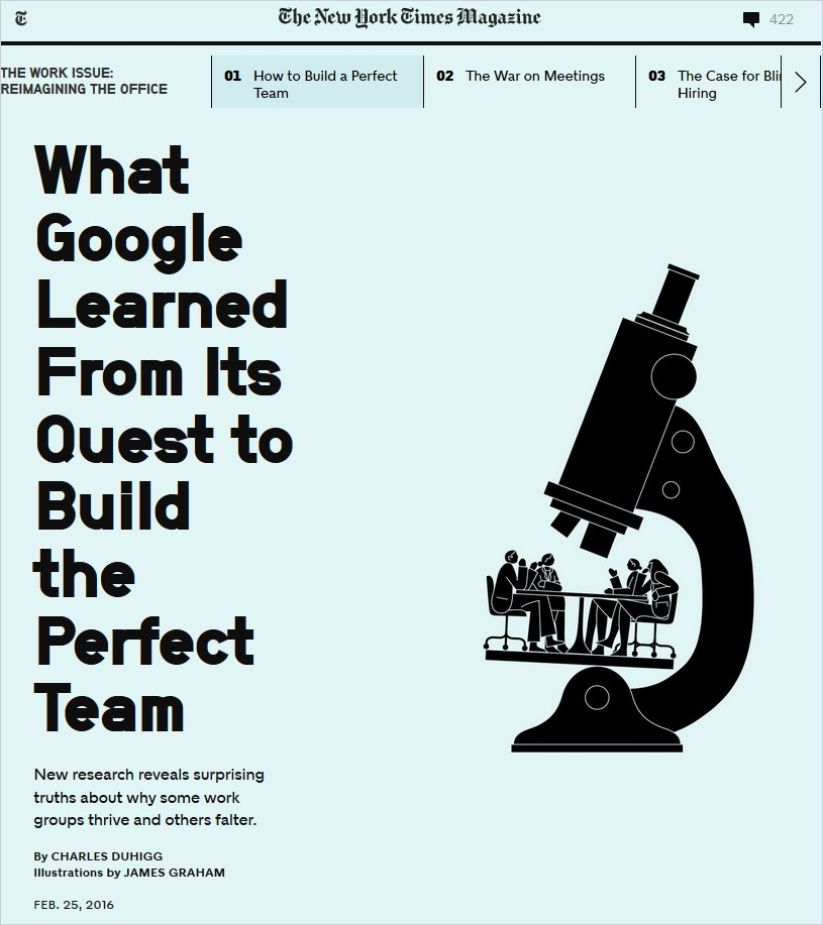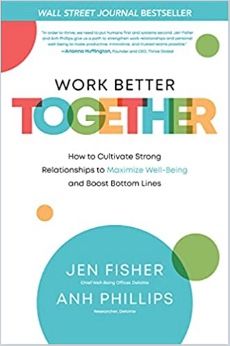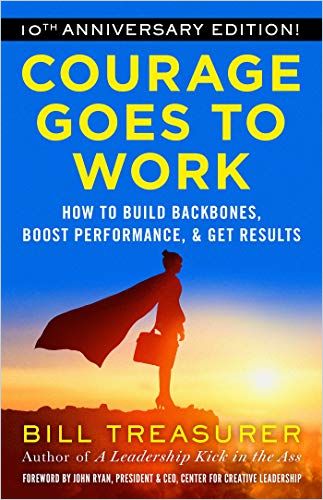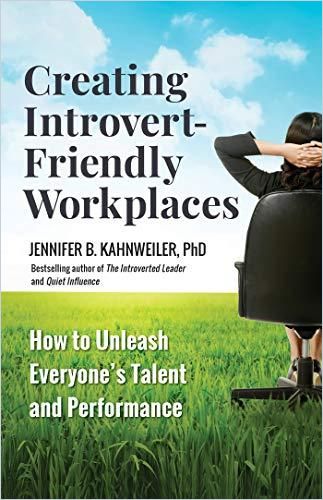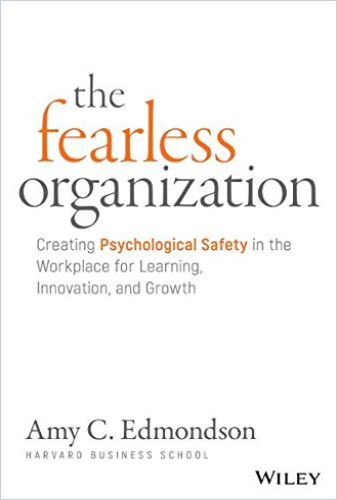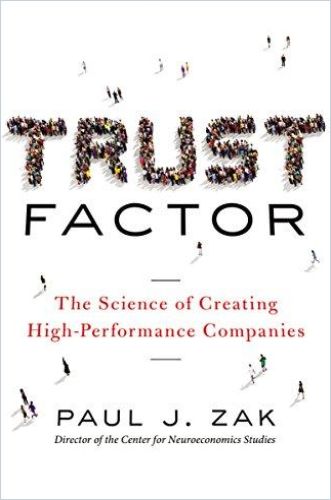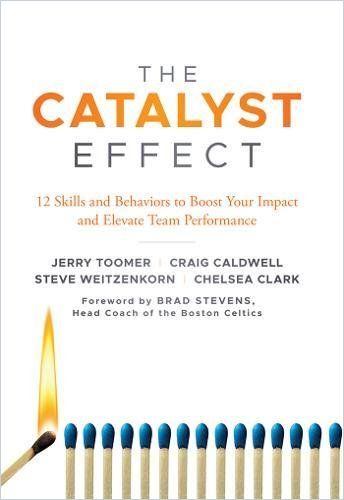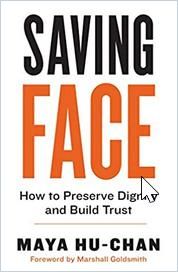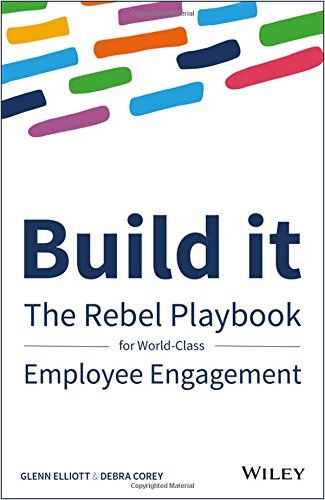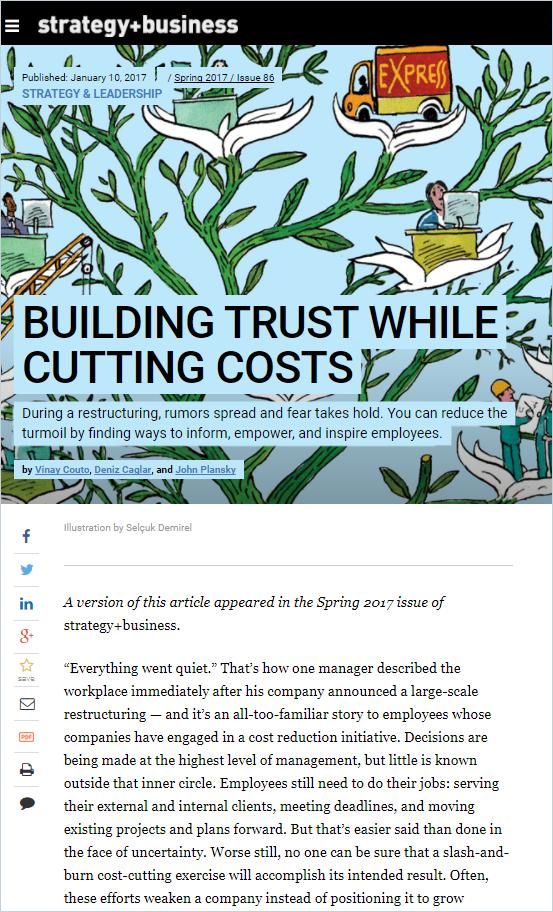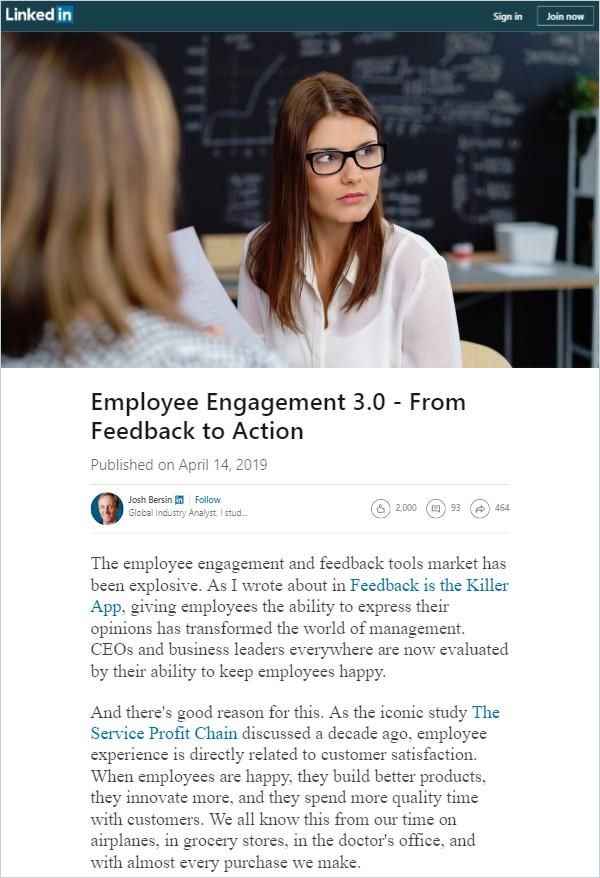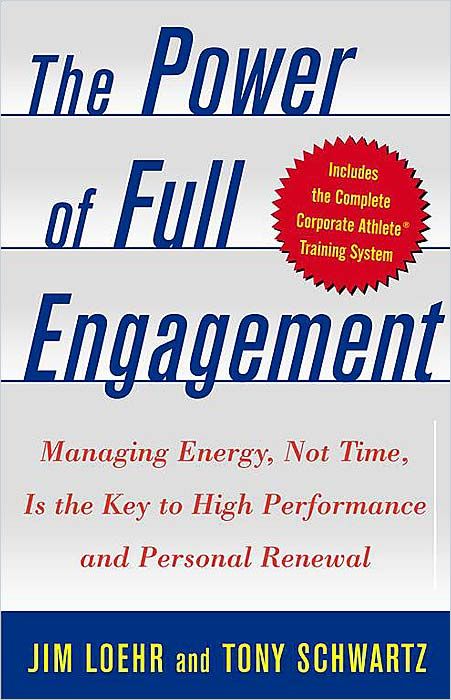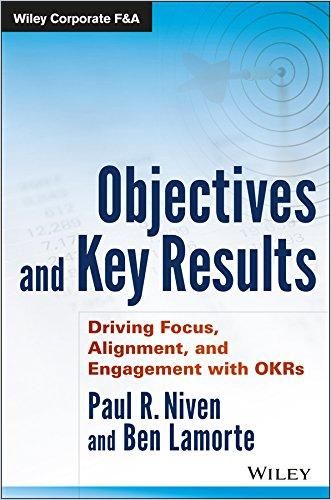A couple of years ago, Google’s Project Aristotle started investigating why some teams work better than others. Its analysis shows that the combination of individuals making up the group is unimportant. Instead, a team’s “group norms” – its “traditions, behavioral standards and unwritten rules” – are essential to how well the group performs.
Teams are successful if their group norms lead to equal speaking time for all individuals within the group and an awareness of others’ emotional states.
These factors produce a situation in which members of the group feel comfortable, or “safe,” and therefore more willing to contribute. Google’s data show that what Harvard business professor Amy Edmondson called “psychological safety” within the group leads to an increase in the group’s collective IQ and therefore its effectiveness and productivity.
Article Summary What Google Learned From Its Quest to Build the Perfect Team
How Google used data analysis to optimize group dynamics in the workplace
Charles Duhigg The New York Times Magazine This is not about simply being nice to each other or making sure everyone can stay in their comfort zones. Instead, you should combine ambitious performance standards with high psychological safety. This way, you can make sure your employees are able to constantly develop.
How Do I Establish Psychological Safety?
1. Beat Fear
It’s not enough to hire talented people. You also need to enable them to use their talents. Unfortunately, an unofficial culture of silence prevails in many companies: Employees not only hold back bad news, but also innovative, groundbreaking ideas. Why? Because they’re afraid. And fear as a “motivator” has never worked in the long run. Here is how to foster courage:
Related Summaries in getAbstract’s Library
Book Summary Work Better Together
A supportive work environment helps you feel good about yourself, your job and your output.
Jen Fisher and Anh Phillips McGraw-Hill Education Read Summary Book Summary Courage Goes to Work
If your employees fear change, let Bill Treasurer show you how to build their courage.
Bill Treasurer Berrett-Koehler Publishers Read Summary Book Summary Creating Introvert-Friendly Workplaces
Don’t ignore the introverted half of the population: Your company benefits if you build inclusive teams where quiet people thrive.
Jennifer Kahnweiler Berrett-Koehler Publishers Read Summary Book Summary The Fearless Organization
Leadership expert Amy C. Edmondson explores censorship in the workplace and reveals its consequences.
Amy C. Edmondson Wiley Read Summary 2. Build Trust
When people in your company are no longer afraid of critical questions, their supervisor or change, an important step has been taken. But the next is: building trust. If you stop at “fear no more,” you are withholding enormous opportunities for yourself and your colleagues. But how do you build this trust without making false promises or denying yourself? Here are our best books on the subject:
Related Summaries in getAbstract’s Library
Book Summary Trust Factor
Paul J. Zak explains how to build a high-performance business based on soft management and hard science.
Paul J. Zak HarperCollins Leadership Read Summary Book Summary The Catalyst Effect
To encourage superior performance, “catalytic leaders” develop their command of 12 important competencies.
Jerry Toomer, Craig Caldwell, Steve Weitzenkorn and Chelsea Clark Emerald Publishing Limited Read Summary Book Summary Saving Face
Being aware of “saving face” adds respect to your interactions and honors everyone’s humanity.
Maya Hu-Chan Berrett-Koehler Publishers Read Summary Book Summary Build It
Three of four workers don’t like their jobs. This leads to disengagement and poor productivity.
Glenn Elliott and Debra Corey Wiley Read Summary Article Summary Building Trust While Cutting Costs
For a successful restructuring initiative, lead with strategy and empathy.
Vinay Couto, Deniz Caglar and John Plansky Strategy+business Read Summary 3. Invite to Participate
Now it’s just a matter of making something out of the newly created conditions: Invite people to work on the big picture, to get involved. Take an active role when it comes to the nitty-gritty, ask people to report errors in the system, anonymously if necessary. Encourage them to discuss things and reward them when appropriate.
Related Summaries in getAbstract’s Library
Book Summary Employee Engagement
You can build a happier, more effective organization with the “happiness advantage” of employee engagement.
Emma Bridger Kogan Page Publishers Read Summary Article Summary Employee Engagement 3.0
Employees today have many channels to voice their feedback. How should managers deal with this treasure trove of information?
Josh Bersin LinkedIn Read Summary Book Summary The Power of Full Engagement
Balance your mind, body, emotions and spirit by managing not your time, but your energy. It’s the new paradigm.
Jim Loehr and Tony Schwartz Free Press Read Summary Book Summary Objectives and Key Results
Dive into the effective implementation and use of objectives and key results (OKRs).
Paul R. Niven and Ben Lamorte Wiley Read Summary 
